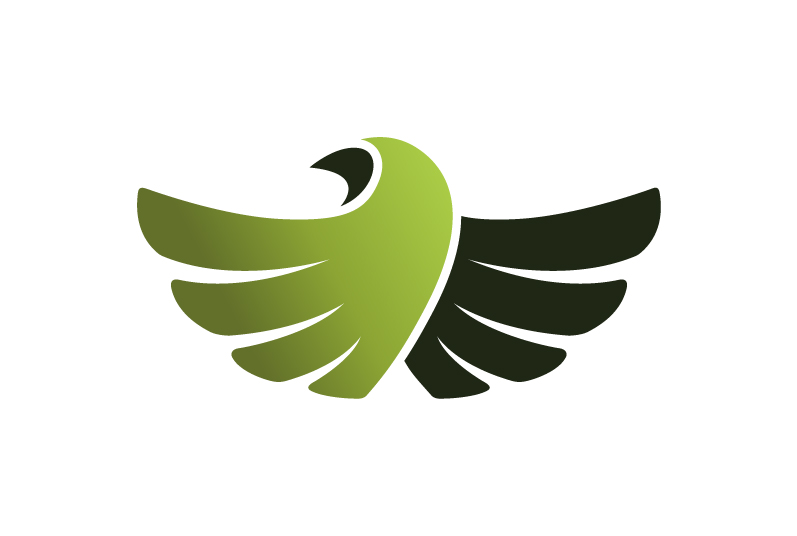Meridians Explained
Following on from my previous post about five element theory in which meridians got a mention, I thought it would be helpful to explain a little more about them. According to traditional Chinese medicine, there are energy channels in the body. Unlike blood vessels and nerves, energy channels (known as meridians or vessels) cannot be seen and they exist only when there is energy flowing through them, rather like rivers through the land or currents in the sea. To avoid confusion, I will stick to the term meridian here. The meridians can be influenced by pressure (known as acupressure, as in shiatsu), needling (as in acupuncture) or applying heat (moxibustion) at potent points along them. We can also stimulate the meridians with specific qigong practices to help harmonise the flow of energy in the body. There are two types of meridian: organ and extraordinary.
Organ Meridians
The organ meridians are like rivers and streams, with clearly defined pathways. They flow near the surface of the body in a set direction of flow, carrying smaller amounts of energy. There are twelve of them: kidney, bladder, liver, gallbladder, heart, small intestine, pericardium, triple heater, spleen, stomach, lung and large intestine. These are all linked to the five element theory explained in my previous post, so you can read more about them there.
Extraordinary Meridians
The extraordinary meridians are more like ocean currents in that they are larger and flow deeper in the body with less well defined boundaries than the river-like organ meridians. The direction of flow can change and, apart from the central and governing meridians, they have only potent points that are shared with the organ meridians. The eight extraordinary meridians are the: central, governing, sash, yin linking, yang linking, yin heel, yang heel and penetrating.
The central and governing meridians act together and are known as the microcosmic orbit, which circles the torso and head, going down the front of the body along the central meridian and up the back along the governing meridian, or up the front and down the back (remember that the flow of energy in the extraordinary meridians can change direction).
The flow of energy in the sash meridian is around the waist, as the name suggests, and again can go one way or the other. You could also think of it as a hoola hoop.
The flow of energy through the yin linking, yang linking, yin heel and yang heel meridians is known as the macrocosmic orbit. If you stand with your hands in the air, palms facing up, you can imagine it flowing down the front of your body all the way down the inside of your arms, the front of your torso and the front of your legs to your feet and then up the back of the body from feet to hands. It can also run in the opposite direction, so up the front of the body and down the back. It is similar to the microcosmic orbit, but includes the limbs too.
The penetrating meridian is like a skewer through the body from top to toe. When we work with this in qigong, we visualise a vortex through the centre of the limbs and body rather like a whirlpool.
Just as a restriction in a river or the failure of an ocean current can be damaging to an ecosystem, a change in flow in a meridian can cause poor health in the human body. The free flow of energy in the body is as important to human health as is the free flow of water to an ecosystem, and we can use therapeutic practices such as acupuncture and qigong to help optimise our health. We provide both at Formula Health in Pangbourne, so do get in touch if you would like to find out more or book a session.

